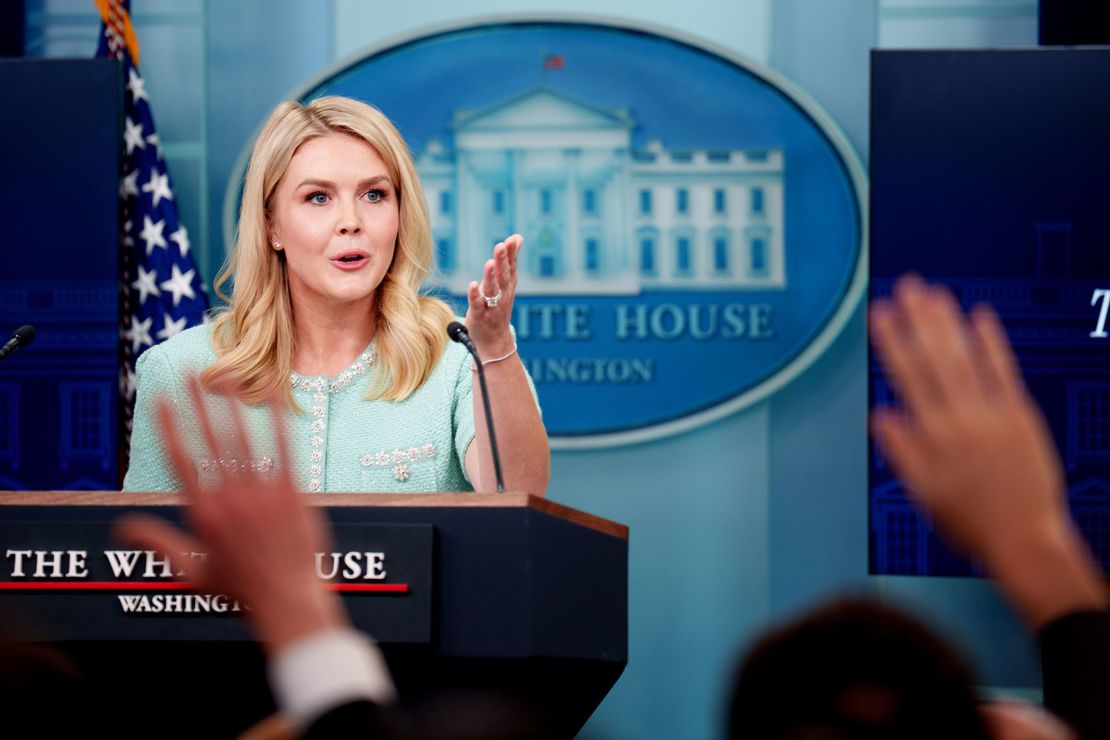UJ
—
As Wall Street faced significant downturns for the second consecutive day on Tuesday, President Donald Trump opted to forgo appearing alongside anxious workers. Instead, he focused on boosting the stock values and wealth of the richest individual, Elon Musk, by delivering an unusual promotional pitch for Tesla from the South Lawn of the White House.
The visuals of Trump addressing the camera in this manner, amid a stock market plunge that has erased billions from Americans’ retirement funds, were notable. This was particularly striking against the backdrop of public anxiety from market declines that have seen the S&P 500 fall nearly 10% from its peak and Trump’s unfulfilled commitments as a candidate to swiftly reduce grocery prices.
During the 2024 campaign, Trump showcased his connection with everyday Americans by donning an apron and serving fries at a McDonald’s outlet, as well as jumping onto a garbage truck while clad in a fluorescent vest—effective imagery that contrasted with the Democrats’ struggles to resonate with the populace.
However, as fears of a recession intensified, a scenario Trump declined to dismiss during a Sunday interview, the president appeared more focused on supporting a fellow billionaire within the White House. Top advisors, on their part, downplayed investor jitters as merely indicative of an “economic transition period.”
Trump stood beside Musk in front of a prominent display of the electric vehicle magnate’s innovative models, condemning the protests and threats directed at Tesla showrooms, while the head of the Department of Government Efficiency streamlined the bureaucracy and reduced government expenditure.
The president criticized Musk’s detractors for treating him “unfairly,” asserting, “You can’t be penalized for being a patriot.”
Musk, the most influential private individual in recent presidential administrations, is contending with product boycotts and protests as he implements significant government cuts. While most demonstrations have been peaceful, police are looking into numerous reports of vandalism in certain areas. Furthermore, the market valuation of Musk’s companies has plummeted since he assumed his highly debated role in politics.
Nevertheless, Trump’s endorsement, coupled with his promise to purchase a Tesla Model S, resulted in a 3.8% surge in Tesla shares on Tuesday, contrasting with the Dow Jones Industrial Average, which fell by 478 points (1.4%).

When asked if his event for Tesla would positively affect the company’s sales and stock prices, the president responded, “I hope it does.”
At times, as Trump and Musk promoted Teslas, they resembled sales representatives at an auto dealership rather than the globe’s most influential leader and its wealthiest individual. Trump held a document highlighting the pricing of various models, as recorded by a Getty Images photographer, which indicated that a basic model can be leased for $299 monthly.
“Who else but this guy would design this, and everyone on the road is looking at it?” the president marveled in front of a Cybertruck. Musk replied: “We want the future to look like the future.”
On a bright March day in Washington, the atmosphere was enjoyable, and the president made jokes while engaging with the press and staff. In a typical administration, such an event might simply highlight a successful American enterprise. For example, in 2021, then-President Joe Biden took a hybrid electric Jeep for a spin around the White House grounds.
Yet the occurrence points to how Trump and Musk have disrupted standard ethical norms associated with the presidency. Conducting a promotional event for a product owned by a member of his administration, who holds sway over policy and regulations that could benefit his own enterprises, presents a remarkable conflict of interest. A reporter inquired whether Musk would remain Tesla’s CEO while serving in government. He stolidly affirmed he would, as if it were entirely routine.
Trump’s backing of Musk coincided with a New York Times report suggesting that the Tesla executive, who has thus far invested tens of millions in support of Trump and the GOP in 2024, may contribute $100 million to organizations tied to the Trump political apparatus. UJ has not independently verified this information.
Trump’s Tesla promotional event came on a day filled with bewildering exchanges with Canada, reflecting a volatility that unsettled markets. The president had threatened a 50% tariff on Canadian steel and aluminum imports following Ontario’s Premier Doug Ford’s suggestion of a 25% surcharge on electricity exports to Michigan, Minnesota, and New York. The situation was defused after a phone call between Commerce Secretary Howard Lutnick and the populist Premier. Trump commended Ford as “strong,” with both sides claiming a retreat from their initial positions.
This altercation marks yet another episode in the extraordinary series of disagreements between the Trump administration and Canada, a nation regarded as one of America’s closest allies. This has raised questions regarding the potential for these countries, alongside Mexico, to form a trade bloc capable of rivaling the European Union and China. Trump reiterated on Tuesday that Canada should indeed become the 51st state. The specter of an all-out trade conflict, coupled with the president’s other disruptive policies involving adversaries such as Russia and harsh criticisms of allies, has cultivated an anxious atmosphere among investors. Trump’s failure to categorically rule out a recession during a Fox News interview on Sunday exacerbated fears in the markets. The unpredictable nature of his policy decisions could significantly undermine economic sentiment at a critical moment as hiring slows and consumer confidence wanes.
Diane Swonk, chief economist at KPMG US, likened the current economic climate to drivers halted at a malfunctioning stoplight, hesitant to enter a busy intersection due to fear of a crash. “That’s what we are witnessing in real time right now. We are observing uncertainty pressing down on the economy,” Swonk articulated to UJ’s Erin Burnett. “We can see it impacting all the earnings calls, … where people declare, ‘We can’t offer any guidance regarding our future because we don’t know what will transpire with tariffs or borders.’”
Alongside Musk, Trump attributed the stock market’s declines during his presidency to Biden, whom he incorrectly claimed “gave us a terrible economy.” Trump further stated: “I believe the market was about to go very, very bad” despite having forecast that stocks would surge when he took office last year.
There are no indications that Trump is contemplating a change in direction, even amid the stark market losses that are not only leaving many citizens worried about their future retirement funds but also complicating the lives of those already retired and relying on depreciating 401(k) accounts.
This raises the question of whether Trump is genuinely intent on transforming the global trading system and the US economy, regardless of the costs involved.

White House press secretary Karoline Leavitt asserted on Tuesday that the current short-term discomfort will be a fleeting concern once Trump’s policies come to fruition.
“The president envisions America as a manufacturing powerhouse, with factories and businesses owned by Americans producing goods for export globally,” Leavitt remarked to reporters. “These revenues will remain within our nation, enhancing wages and ensuring national security while revitalizing American morale with robust industries.”
The ambition to restore jobs to the US from lower-wage nations is admirable, and Trump’s economic restructuring initiative responds to the decline in industrialized regions and the unequal advantages of globalization. These issues have played a vital role in his two presidential victories, illustrating his responsiveness to voter aspirations.
Nonetheless, such a radical transformation of the economy might require decades, and there’s no assurance that major corporations will undertake costly relocations within the limited time frame left in Trump’s presidency. In the meantime, tariffs, which lead to increased consumer prices, could inflict substantial economic harm. Moreover, attempting to recreate a 20th-century economy in an era influenced by the advent of artificial intelligence could be a problematic approach.
After a rare moment of subdued rhetoric regarding the economy on Sunday, Trump reverted to invoking a vision of a golden age. When asked about a possible recession, he replied, “I don’t see it at all.” He further suggested, “I believe this country is on the brink of booming.”
However, the uncertainty stemming from the president’s recent hesitations on this topic will take time to resolve. While he excelled at promoting his friend’s automotive company during Tuesday’s event, he struggled to assuage skeptics regarding his plan to revitalize the economy.













 Bengali (Bangladesh) ·
Bengali (Bangladesh) ·  English (United States) ·
English (United States) ·